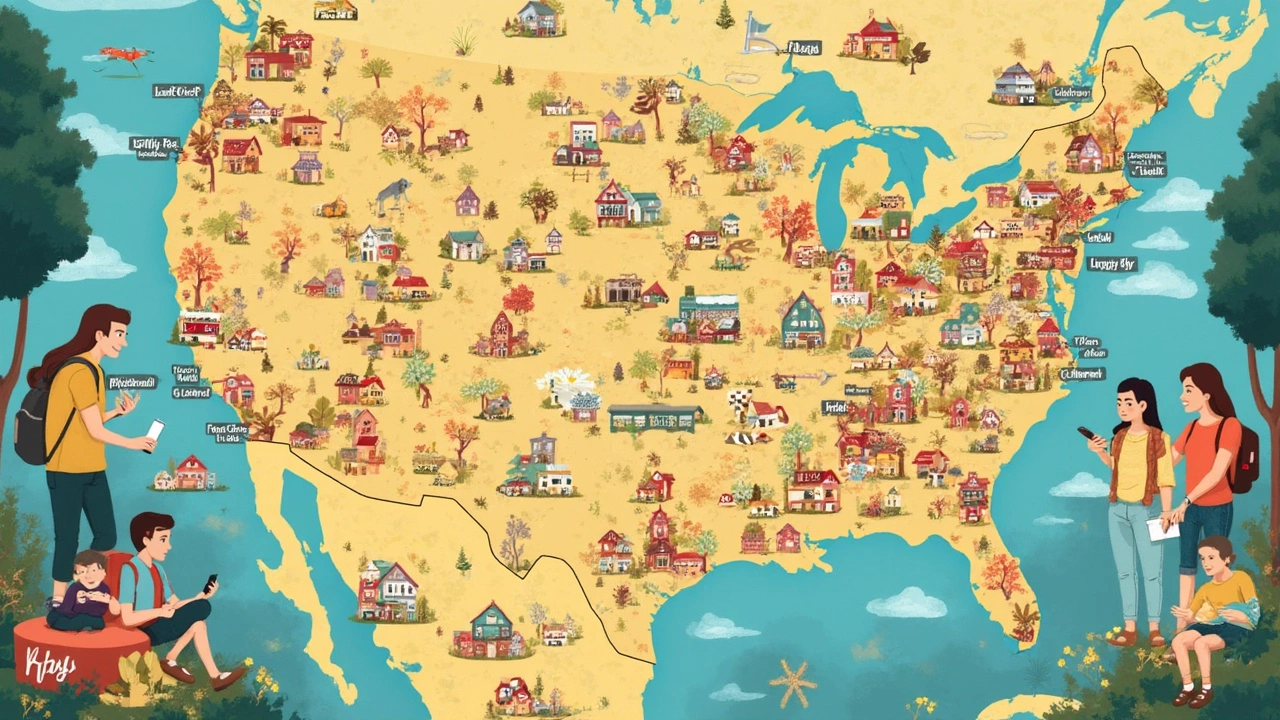Looking for a place where your money goes farther? Affordable cities let you keep more cash in your pocket while still enjoying a good quality of life. From lower rent to cheaper groceries, these towns can make a big difference in your monthly budget.
Start with a cost‑of‑living index. Websites that break down housing, transportation, utilities, and food give you a quick snapshot. Next, check average rent for the type of apartment you need – a 2BHK, studio, or even a small house. If the rent is at least 30 % lower than the national average, you’re on the right track.
Don’t forget to look at job opportunities. A city might be cheap, but if you can’t find work, the savings won’t help. Use local job boards and see if remote work is common – many affordable towns attract freelancers because of the low cost.
Finally, vibe matters. Visit the city if you can, walk the neighborhoods, and see if you like the schools, parks, and overall feel. A cheap place that feels stressful isn’t worth it.
Based on recent data and our own research, these cities stand out for low living costs and decent amenities:
1. Southside Virginia – Small towns like Danville and Martinsville offer rent under $800 for a decent 2BHK, plus a relaxed lifestyle.
2. Southwest Virginia – Cities such as Bristol boast cheap groceries and a strong sense of community.
3. Texas (rural areas) – Outside Austin and Dallas, places like Tyler and Lubbock let you rent a one‑bedroom for around $700 while still having good schools.
4. West Virginia – Rural counties have land that costs less than $2,000 per acre, making it easy to buy a plot and build.
5. Tennessee (smaller towns) – Cities like Johnson City combine low rent with a growing job market in healthcare and tech.
Each of these locations also benefits from lower utility bills and a slower pace of life, which many people find appealing after moving from expensive metros.
When you start comparing, write down the numbers: rent, average salary, grocery cost, and transportation. A quick spreadsheet will show you which city gives you the best “money‑to‑life” ratio.
Remember, affordable doesn’t mean low‑quality. Look for towns with good schools, safe neighborhoods, and at least a handful of local amenities like grocery stores, gyms, and libraries. Those extras add up to a happier everyday life.
Ready to move? Use the tips above, pick a city that fits your budget, and take the first step. The right affordable city can give you financial breathing room and a fresh start without sacrificing what matters most.

Hunting for the cheapest rent across the US isn’t as simple as picking the smallest town on the map. Some cities offer shockingly low rents, but you have to know where to look (and what to trade off). This guide breaks down exactly where the lowest-priced flats are hiding, with real tips on costs, neighborhoods, and what the local job and lifestyle scenes are like. Saving on rent doesn’t mean you have to sacrifice comfort if you plan it right. Let’s map out the top options for stretching your budget and landing a place that feels like home.